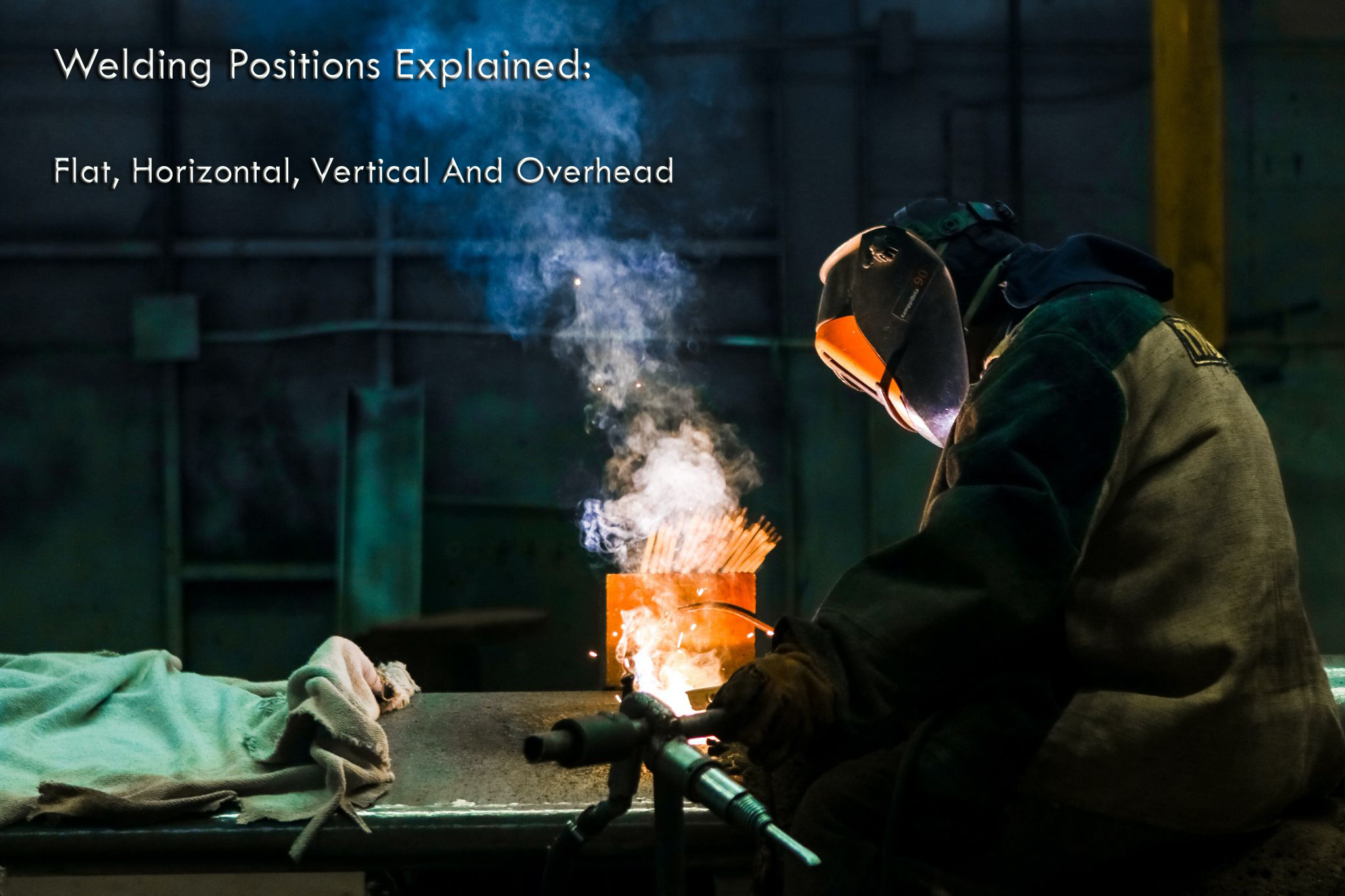
Welding Positions Explained
At MuggyWeld, we know that a welding position is a technique that permits a qualified and experienced welder to join metals in the position in which they are found, or the position in which a specific component will be used. We also know the right welding position can contribute to an even better weld. With this in mind, it’s important to refresh our welding knowledge with a quick look at the different welding positions. However, before we discuss the different welding positions, let us remind you that a welding position is essentially the position of the experienced welder in relation to the workpiece.
When It All Goes Downhill: The Vertical Position
With the weld pool flowing down due to gravity, the vertical position, or downhill or uphill position as it is also referred to, provides less penetration into the base metal. In this position, the weld and plate lie vertically. When in a vertical position, and joining thin metals, we recommend using shallow penetration. For thicker materials, uphill welding is recommended for sufficient penetration. Heat input here must be constantly checked to avoid the molten pool from building up. A successful weld in this position requires the correct amount of heat, good technique, and the proper welding rod.
The Most Challenging Weld: The Overhead Position
As the most challenging to do, the overhead position involves two pieces of metal positioned above the welder, with the welder in question having to angle his or her body as well as the equipment to reach the joints. With the overhead position, liquid metal has a good amount of surface tension as well as the same amount of heat used in the flat welding position. At MuggyWeld, we recommend keeping the molten metal small at all times.
The First Weld We Learn About: Flat Welding Position
When it comes to welding with a new welding process, with a new material, or for those just starting out in the world of welding, the flat position is the best option. Also known as the ‘downhand’ position, this position is not only the easiest but the most comfortable and steady. With the flat welding position, different metals are first placed flat on a surface, with an electric arc passed over them. In a horizontal direction, the electric arc moves over the workpiece, with the joint’s top side simply welded together with the molten material moving downward into its edges.
When Gravity Assists: Horizontal Welding Position
The horizontal welding position, otherwise known as ‘out-of-position’ weld’, is more challenging. With this position, the weld axis is positioned at a horizontal angle, however, it is important to note here that how the position is performed depends entirely on the weld type. When it comes to a groove weld, the weld face is positioned along a vertical plan, but with a fillet weld, the weld bead is positioned at a 90-degree angle where the vertical and horizontal pieces of metal meet. With the horizontal welding position, good technique and angles compensate for gravity effects on the molten pool.
Now You Know Them, Practice The Flat, Horizontal, Vertical And Overhead Welding Positions
At Muggy Weld, the importance of using the correct welding position cannot be overemphasized. And while we are experts at all positions, we stress the importance of practicing weld positions sufficiently. Furthermore, when practicing, no matter the welding position, it is important to keep your back straight as much as possible and your face well out of the fumes and smoke in a properly ventilated workspace.
